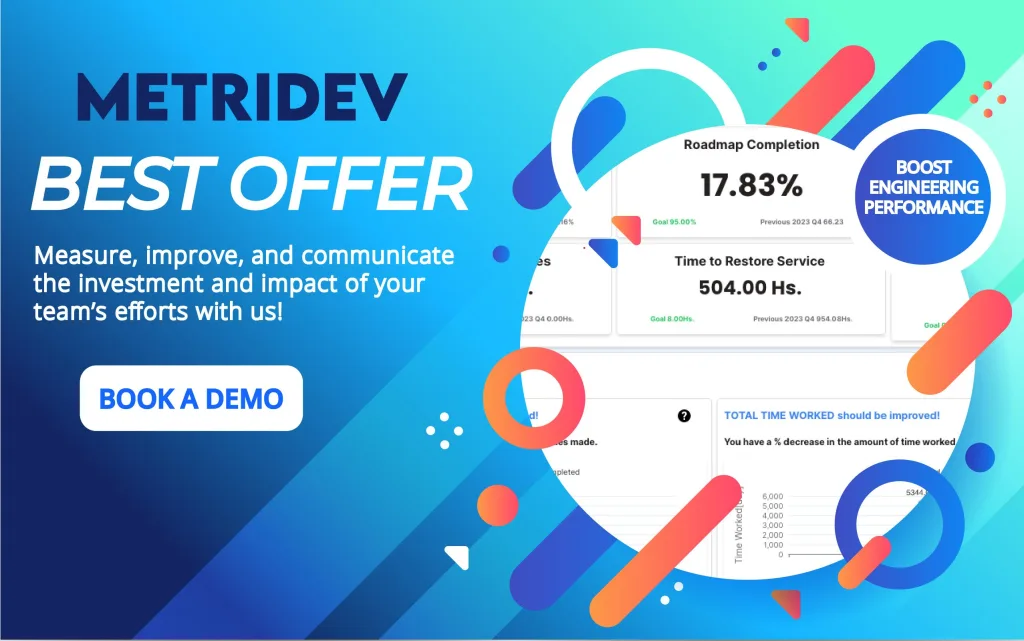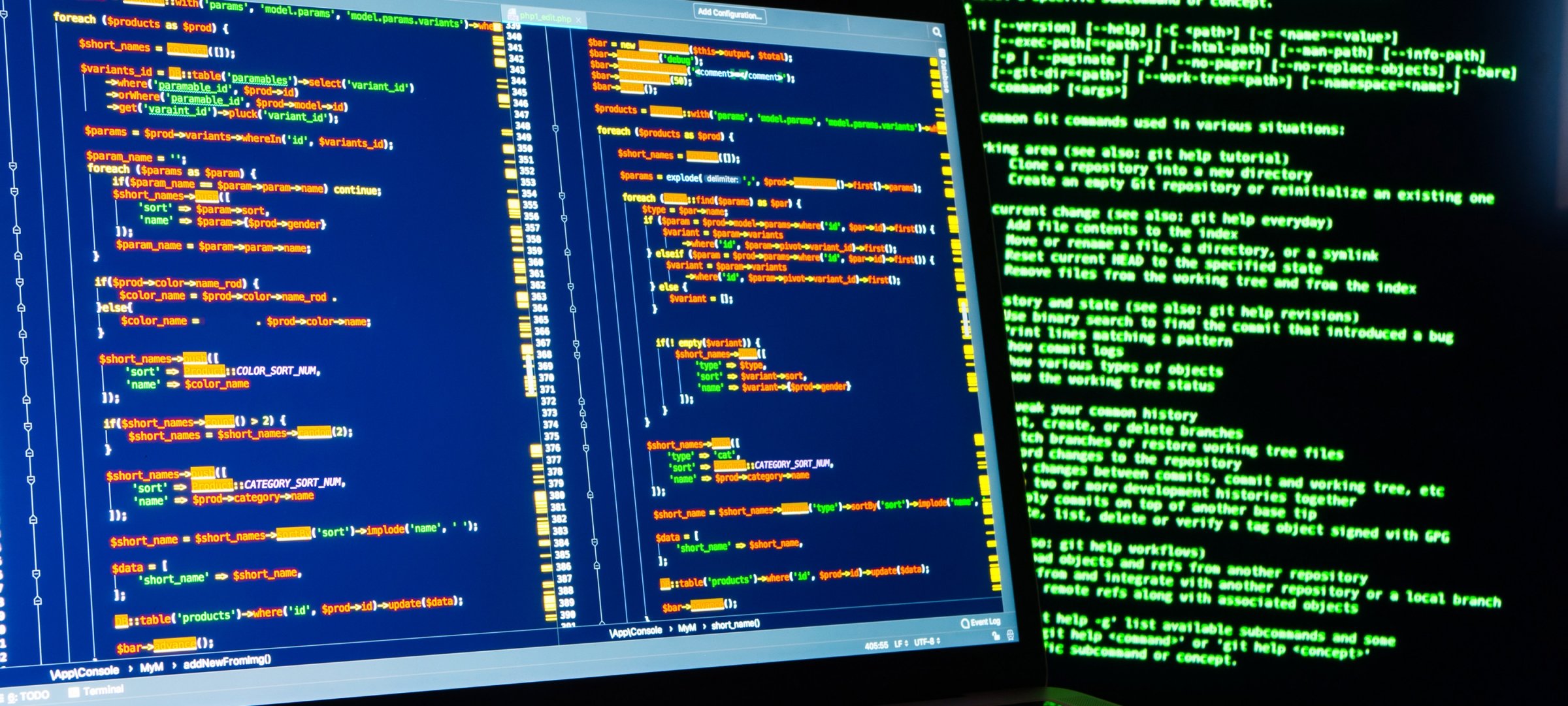All Categories
Featured
Table of Contents
- – The Facts About Machine Learning Engineering C...
- – See This Report about Machine Learning Devops ...
- – Everything about Machine Learning In Producti...
- – The Software Developer (Ai/ml) Courses - Care...
- – Machine Learning Things To Know Before You G...
- – Little Known Questions About 19 Machine Lear...
You possibly know Santiago from his Twitter. On Twitter, every day, he shares a great deal of practical things regarding maker knowing. Alexey: Before we go right into our main subject of moving from software program engineering to maker understanding, perhaps we can begin with your background.
I went to college, obtained a computer system science level, and I started building software program. Back after that, I had no idea regarding maker learning.
I understand you have actually been utilizing the term "transitioning from software application engineering to artificial intelligence". I like the term "adding to my ability the artificial intelligence abilities" extra due to the fact that I assume if you're a software application designer, you are currently giving a great deal of value. By incorporating artificial intelligence currently, you're augmenting the effect that you can have on the market.
Alexey: This comes back to one of your tweets or perhaps it was from your training course when you compare 2 methods to knowing. In this case, it was some issue from Kaggle concerning this Titanic dataset, and you simply learn just how to resolve this issue making use of a details tool, like decision trees from SciKit Learn.
The Facts About Machine Learning Engineering Course For Software Engineers Uncovered
You initially discover math, or linear algebra, calculus. When you understand the math, you go to equipment understanding theory and you discover the concept. 4 years later on, you finally come to applications, "Okay, how do I make use of all these 4 years of mathematics to address this Titanic trouble?" ? So in the former, you sort of conserve on your own a long time, I assume.
If I have an electric outlet here that I require replacing, I do not want to go to college, invest 4 years recognizing the mathematics behind power and the physics and all of that, just to transform an electrical outlet. I prefer to start with the outlet and locate a YouTube video that helps me go with the problem.
Santiago: I really like the concept of starting with an issue, trying to throw out what I recognize up to that issue and recognize why it doesn't work. Get the devices that I require to resolve that problem and start excavating deeper and much deeper and much deeper from that point on.
Alexey: Perhaps we can speak a bit about learning sources. You stated in Kaggle there is an intro tutorial, where you can obtain and discover how to make decision trees.
The only need for that course is that you know a little bit of Python. If you go to my account, the tweet that's going to be on the top, the one that claims "pinned tweet".
See This Report about Machine Learning Devops Engineer
Also if you're not a developer, you can start with Python and function your means to more artificial intelligence. This roadmap is concentrated on Coursera, which is a system that I really, really like. You can examine all of the courses free of charge or you can spend for the Coursera registration to get certifications if you wish to.
That's what I would do. Alexey: This comes back to one of your tweets or perhaps it was from your training course when you contrast 2 methods to knowing. One technique is the issue based strategy, which you just spoke about. You locate an issue. In this instance, it was some issue from Kaggle concerning this Titanic dataset, and you simply learn exactly how to fix this problem making use of a details tool, like decision trees from SciKit Learn.

You first find out mathematics, or straight algebra, calculus. After that when you know the mathematics, you go to machine learning theory and you discover the concept. After that four years later, you finally concern applications, "Okay, just how do I make use of all these four years of mathematics to fix this Titanic problem?" ? So in the former, you sort of conserve yourself some time, I assume.
If I have an electrical outlet here that I require replacing, I don't want to most likely to college, invest four years understanding the mathematics behind electricity and the physics and all of that, just to change an electrical outlet. I prefer to begin with the outlet and discover a YouTube video that helps me experience the trouble.
Santiago: I really like the concept of starting with a problem, trying to toss out what I recognize up to that problem and understand why it does not function. Order the devices that I require to fix that problem and begin digging much deeper and much deeper and deeper from that factor on.
Alexey: Maybe we can talk a little bit about finding out sources. You stated in Kaggle there is an intro tutorial, where you can get and find out exactly how to make choice trees.
Everything about Machine Learning In Production / Ai Engineering
The only demand for that course is that you understand a little bit of Python. If you go to my profile, the tweet that's going to be on the top, the one that states "pinned tweet".
Also if you're not a programmer, you can begin with Python and work your method to more artificial intelligence. This roadmap is concentrated on Coursera, which is a system that I actually, actually like. You can investigate every one of the programs free of cost or you can spend for the Coursera membership to get certifications if you want to.
The Software Developer (Ai/ml) Courses - Career Path Statements
That's what I would do. Alexey: This comes back to among your tweets or maybe it was from your program when you contrast two approaches to knowing. One technique is the issue based approach, which you just talked about. You discover a trouble. In this instance, it was some issue from Kaggle concerning this Titanic dataset, and you simply learn how to fix this issue using a particular device, like choice trees from SciKit Learn.

You initially learn mathematics, or straight algebra, calculus. When you know the mathematics, you go to equipment understanding concept and you discover the concept.
If I have an electric outlet below that I need changing, I don't want to most likely to university, spend 4 years understanding the mathematics behind electrical power and the physics and all of that, simply to transform an outlet. I would rather begin with the outlet and find a YouTube video clip that helps me experience the problem.
Santiago: I really like the idea of starting with a problem, trying to toss out what I know up to that problem and recognize why it does not function. Get the tools that I need to resolve that trouble and start digging much deeper and deeper and much deeper from that factor on.
To ensure that's what I normally suggest. Alexey: Possibly we can speak a little bit concerning discovering resources. You discussed in Kaggle there is an intro tutorial, where you can get and learn just how to choose trees. At the beginning, prior to we started this meeting, you discussed a couple of books.
Machine Learning Things To Know Before You Get This
The only demand for that training course is that you recognize a little bit of Python. If you're a designer, that's a great beginning factor. (38:48) Santiago: If you're not a developer, then I do have a pin on my Twitter account. If you most likely to my account, the tweet that's going to be on the top, the one that states "pinned tweet".
Also if you're not a programmer, you can begin with Python and function your way to even more maker discovering. This roadmap is focused on Coursera, which is a platform that I really, really like. You can investigate every one of the courses for cost-free or you can pay for the Coursera subscription to get certifications if you wish to.
To ensure that's what I would do. Alexey: This returns to among your tweets or maybe it was from your program when you contrast two approaches to knowing. One strategy is the trouble based technique, which you just spoke about. You discover an issue. In this situation, it was some trouble from Kaggle about this Titanic dataset, and you simply discover how to resolve this problem using a specific tool, like decision trees from SciKit Learn.
You first find out mathematics, or direct algebra, calculus. Then when you know the mathematics, you most likely to machine knowing theory and you learn the theory. After that 4 years later on, you ultimately involve applications, "Okay, exactly how do I utilize all these four years of math to fix this Titanic trouble?" Right? In the previous, you kind of save on your own some time, I assume.
Little Known Questions About 19 Machine Learning Bootcamps & Classes To Know.
If I have an electric outlet below that I need replacing, I don't desire to go to college, invest four years recognizing the math behind electrical power and the physics and all of that, just to alter an electrical outlet. I prefer to start with the electrical outlet and locate a YouTube video that aids me undergo the problem.
Negative analogy. You obtain the idea? (27:22) Santiago: I really like the idea of beginning with an issue, attempting to toss out what I recognize up to that trouble and understand why it does not function. Grab the tools that I require to fix that problem and start excavating deeper and deeper and deeper from that point on.

Alexey: Maybe we can chat a bit about discovering resources. You pointed out in Kaggle there is an intro tutorial, where you can get and find out just how to make choice trees.
The only demand for that program is that you understand a little bit of Python. If you go to my profile, the tweet that's going to be on the top, the one that says "pinned tweet".
Even if you're not a developer, you can begin with Python and function your means to more artificial intelligence. This roadmap is concentrated on Coursera, which is a system that I actually, really like. You can investigate all of the training courses free of cost or you can pay for the Coursera subscription to obtain certifications if you intend to.
Table of Contents
- – The Facts About Machine Learning Engineering C...
- – See This Report about Machine Learning Devops ...
- – Everything about Machine Learning In Producti...
- – The Software Developer (Ai/ml) Courses - Care...
- – Machine Learning Things To Know Before You G...
- – Little Known Questions About 19 Machine Lear...
Latest Posts
Most Common Data Science Interview Questions & How To Answer Them
How To Build A Portfolio That Impresses Faang Recruiters
How To Create A Study Plan For A Software Engineering Technical Interview
More
Latest Posts
Most Common Data Science Interview Questions & How To Answer Them
How To Build A Portfolio That Impresses Faang Recruiters
How To Create A Study Plan For A Software Engineering Technical Interview